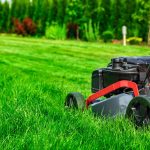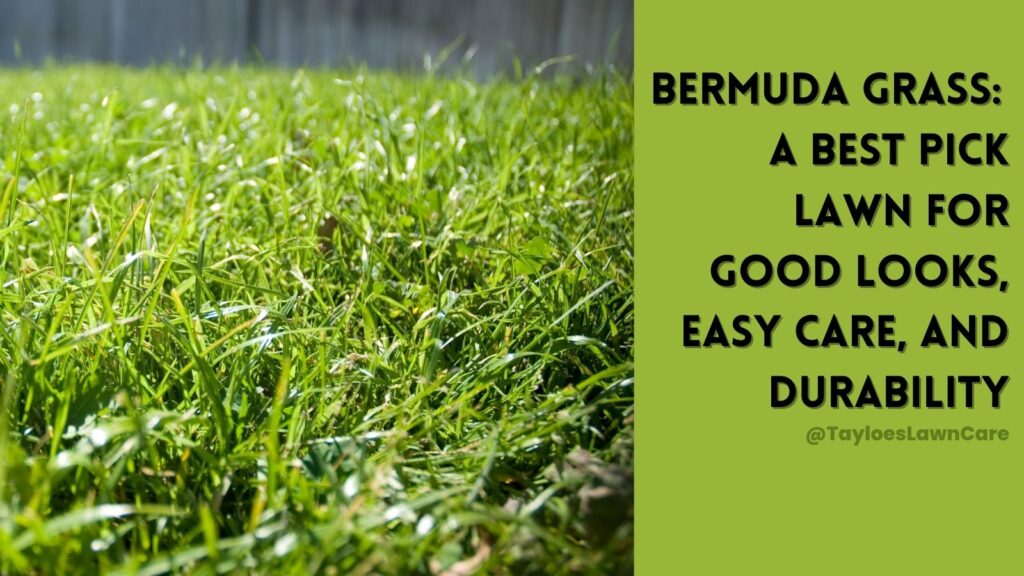Last Updated on: 9th December 2023, 01:40 pm
Are you guilty of these lawn care mistakes?
As much as we all love a lush and healthy lawn, it’s easy to fall into some bad habits. Despite our best intentions, we often make lawn care mistakes with unintended consequences. What do you get? Brown spots, patchy growth, or even pest infestations. Not really sure where you went wrong? This content can help!
Avoid These 20 Lawn Care Mistakes
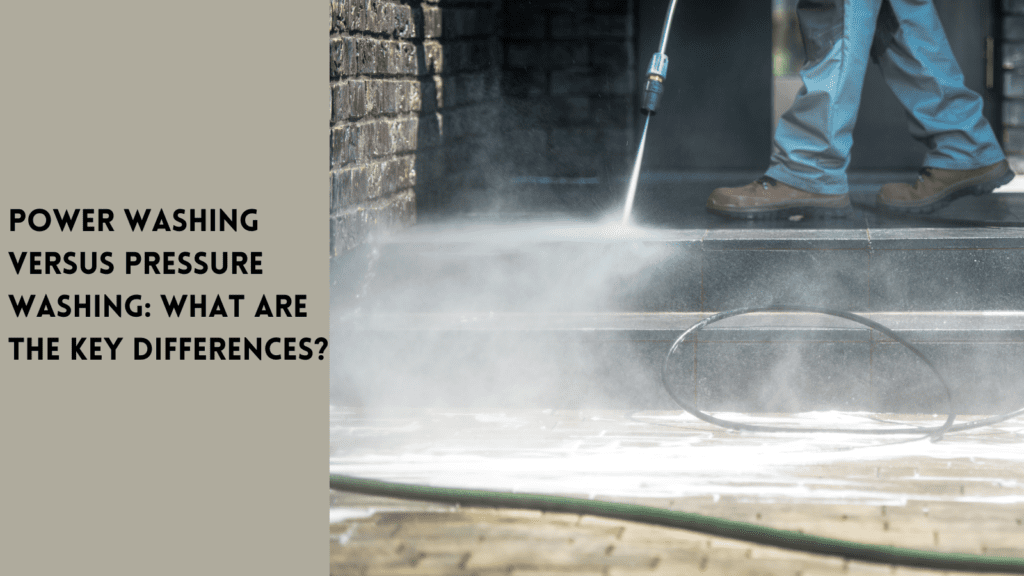
1 – Forgetting fertilizer
Fertilizer is like lawn food, providing essential nutrients to promote healthy growth and strong roots. However, many homeowners forget to fertilize regularly, leading to stunted growth, yellowing leaves, and a lackluster appearance. Follow a fertilization schedule appropriate for your grass type and climate, and don’t skip applications, especially during the growing season.
2 – Forgetting to change up the care routine for the season
Lawn care must change with the seasons, so adjusting your routine is a good habit. For example, you may need to mow more frequently during the summer, while fall is the ideal time for overseeding and aeration. Failure to adapt your care routine to the current season can result in a lawn that’s not as healthy as it could be.
3 – Overwatering
It’s a common misconception that more water is always better for your lawn. Overwatering can be as detrimental as underwatering, leading to root rot, disease, and a weak, shallow root system. Water deeply and infrequently, aiming for around one inch per week, and adjust for rain or drought conditions.
4 – Underwatering
On the flip side, underwatering can cause your grass to go dormant, turn brown, and become more susceptible to pests and disease. Remember to water deeply and regularly, especially during hot and dry spells, and pay attention to signs of dehydration, like wilting or curling leaves.
5 – Mowing in the same pattern every single time
While it may seem minor, mowing your lawn in the same pattern every time can cause your grass to lean in one direction and grow unevenly. To avoid this, vary your mowing pattern each time you mow, and avoid cutting the grass too short, which can stress the plant and make it more susceptible to damage.
6 – Forgetting to aerate the soil
Compacted soil can prevent air, water, and nutrients from reaching the grass’s roots, leading to poor growth and overall health. Aeration creates small holes in the soil to promote better circulation and root development. Be sure to aerate your lawn once yearly, preferably between the late fall and early spring.
7 – Seeding at the wrong time
Seeding your lawn at the wrong time can lead to poor germination, wasted seeds, and an uneven lawn. Only seed during the appropriate grass type and climate season. The time is late fall or early spring here in Eastern NC. Always prepare the soil properly beforehand.
8 – Not raking up large grass clumps
After mowing, leaving behind large grass clumps can block sunlight and air from reaching the soil and inhibit healthy growth. Be sure to rake up clumps after mowing. Consider composting them for natural fertilizer.
9 – Picking the wrong type of grass for your USDA growing zone
Different grass types thrive in different climates and growing zones, so choosing the most suitable grass for your area is essential. Our area of North Carolina straddles USDA zones 7b and 8, making zoysia, Bermuda, and centipede good to withstand our scorching summer heat.
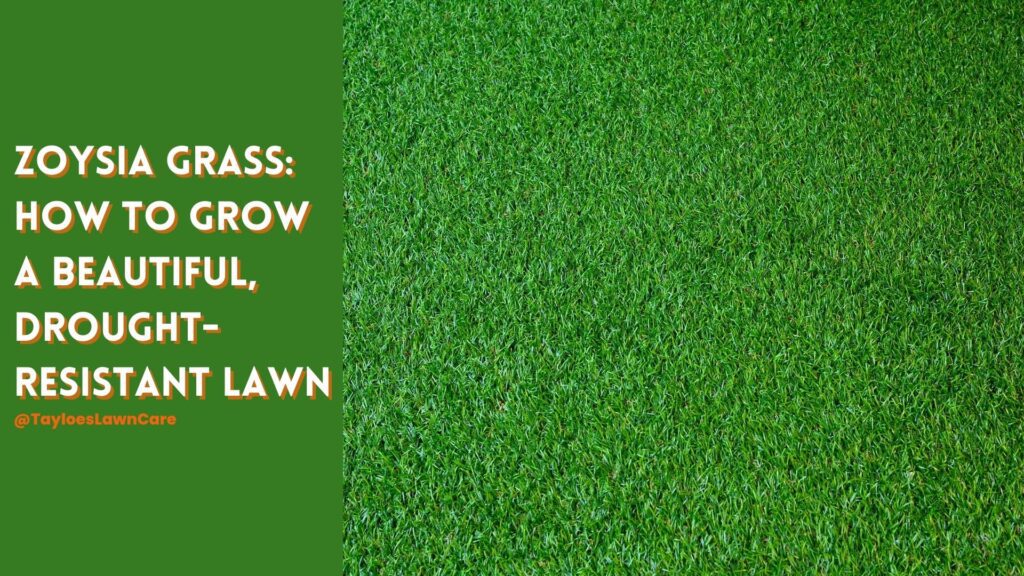
10 – Mowing too short
Cutting your grass too short can stress the plant and leave it vulnerable to disease, pests, and weeds. Aim to cut at least one-third of the blade length at a time, and adjust your mower blade height accordingly.
11 – Leaving grass cut too high
On the other hand, leaving your grass too long can lead to a thatch buildup, which can block air, water, and nutrients from reaching the roots. Adjust your mower blade height to the appropriate level for your grass type and avoid leaving the grass too long.
12 – Failing to remove weeds
Weeds can be unsightly and compete with your grass for nutrients and space. Be sure to remove any weeds by hand or with a weed killer, and consider using a pre-emergent herbicide to prevent weed seeds from germinating.
13 – Watering too late in the day
Watering your lawn during the late afternoon or evening can lead to fungal growth and disease, as the moisture doesn’t have time to evaporate before nightfall. Instead, water in the early morning, when the grass has time to dry before nightfall.
14 – Mowing too infrequently
Mowing your lawn too infrequently can lead to long, unruly grass that’s difficult to cut and can become a fire hazard. Be sure to mow regularly to remove no more than one-third of the blade length at a time.
15 – Mowing too frequently
On the other hand, mowing your lawn too frequently can stress the plant and leave it vulnerable to disease and pests. Be sure to adjust your mowing frequency to your grass growth rate, and avoid cutting the grass too short.
16 – Overfertilizing
While fertilizer is vital for a healthy lawn, too much of a good thing can be detrimental. Overfertilizing can burn the grass, cause excessive growth, and pollute nearby water sources. Follow a fertilization schedule appropriate for your grass type and climate, and avoid overapplication.
17 – Applying weed killer during a hot or dry spell
Weed killer is most effective when applied during ideal growing conditions for the weeds, typically during cooler temperatures and moist soil. Applying weed killer during a hot or dry spell can be ineffective and wasteful, as the weeds may not grow actively.
18 – Using salt to melt ice in the winter (one of the least common lawn care mistakes in Eastern NC)
While salt may be effective for melting ice on your driveway or walkway, it can also damage your lawn and nearby plants. Consider using sand or kitty litter to give your feet traction. Or purchase a de-icer that’s safe for use around plants. Fortunately, ice is rare in our region. Still, we could all be better prepared!
19 – Forgetting to sharpen lawn mower blades
Dull lawn mower blades can tear and damage the grass, leaving it vulnerable to disease and pests. Be sure to sharpen your lawn mower blades at least once a year, preferably before the start of the growing season.
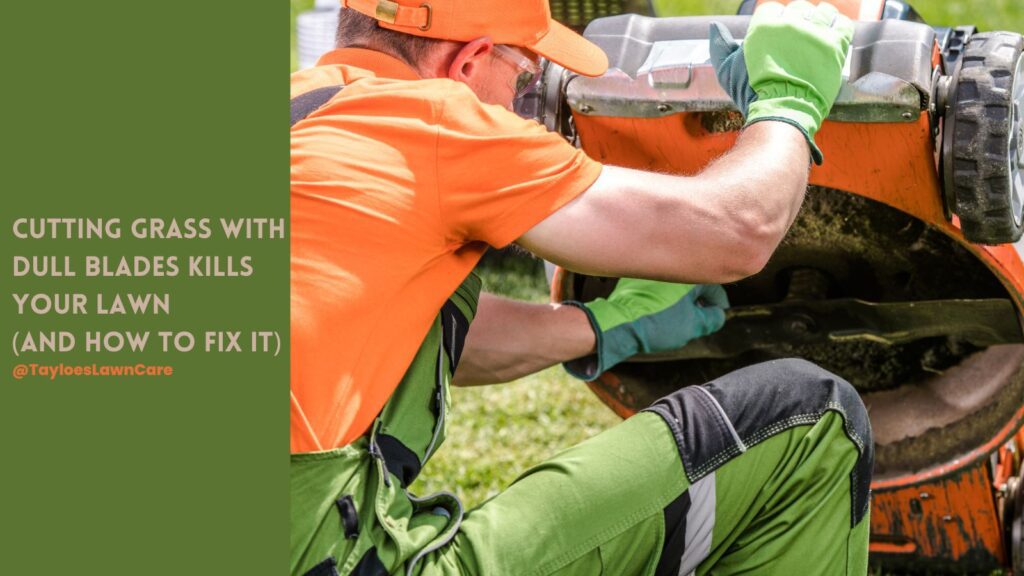
20 – Cutting wet grass
Cutting wet grass can harm your lawn, as the wet blades can clump together and create an uneven cut. Wet grass can also clog your lawn mower, leading to a less effective cut and potential damage to your mower. It’s best to wait until your lawn is dry before mowing and to avoid mowing during or after heavy rain.
The Takeaway: Avoid These Lawn Care Mistakes or Hire Us to Help You
We hope this list of common lawn care mistakes has helped identify some of the lawn care mistakes that may be hindering the health and beauty of your lawn. Tayloe’s Lawn Care Services has the expertise and experience to help you avoid these mistakes and achieve a lush, vibrant lawn you can be proud of.
Don’t hesitate to contact us for help with your lawn care needs. Whether you need regular maintenance, fertilizer application, weed control, or any other lawn care service, we’re here to help. Contact us today to schedule a consultation and get started on a healthy and beautiful lawn.



Author Profile

- Randy Tayloe is the COO of Tayloe's Lawn Care Service, LLC. He is a certified custom applicator, recognized by the North Carolina Department of Agriculture Pesticide Division. A native of Bertie County, NC, and graduate of Bertie High School, he wants to beautify his home county - one yard at a time.
Latest entries
 FaunaOctober 3, 2025Fall decorations that endanger wildlife (and how to avoid the risks)
FaunaOctober 3, 2025Fall decorations that endanger wildlife (and how to avoid the risks) GardeningApril 1, 2025Fountain grasses add colorful foliage and movement
GardeningApril 1, 2025Fountain grasses add colorful foliage and movement GardeningMarch 21, 2025White cloud muhly grass growing guide
GardeningMarch 21, 2025White cloud muhly grass growing guide Lawn CareFebruary 25, 2025Should I mow every week?
Lawn CareFebruary 25, 2025Should I mow every week?




